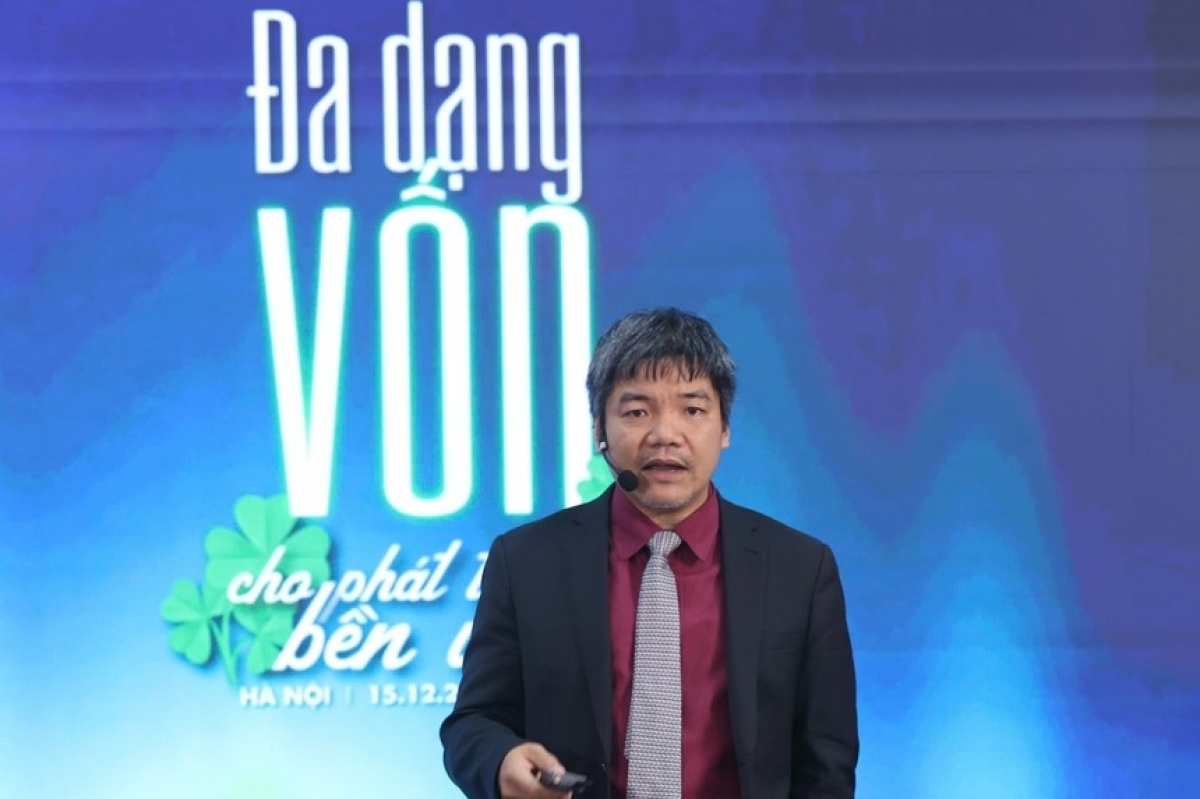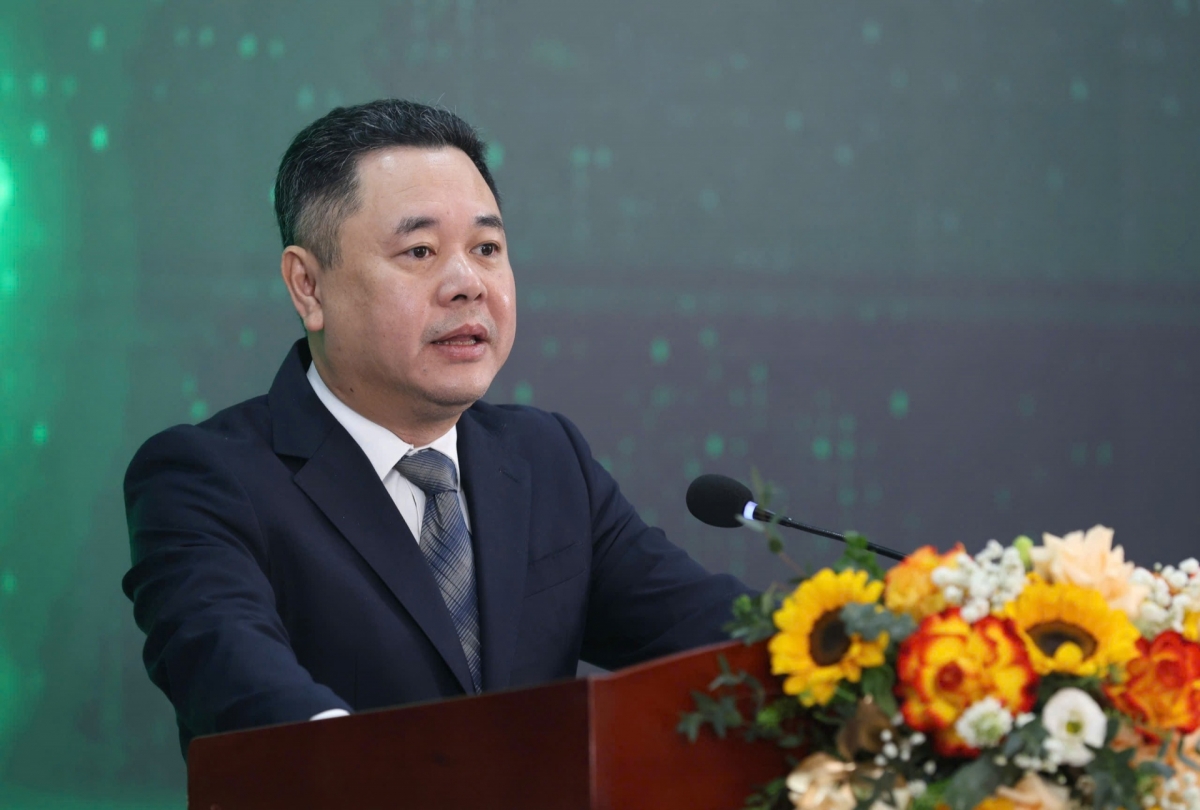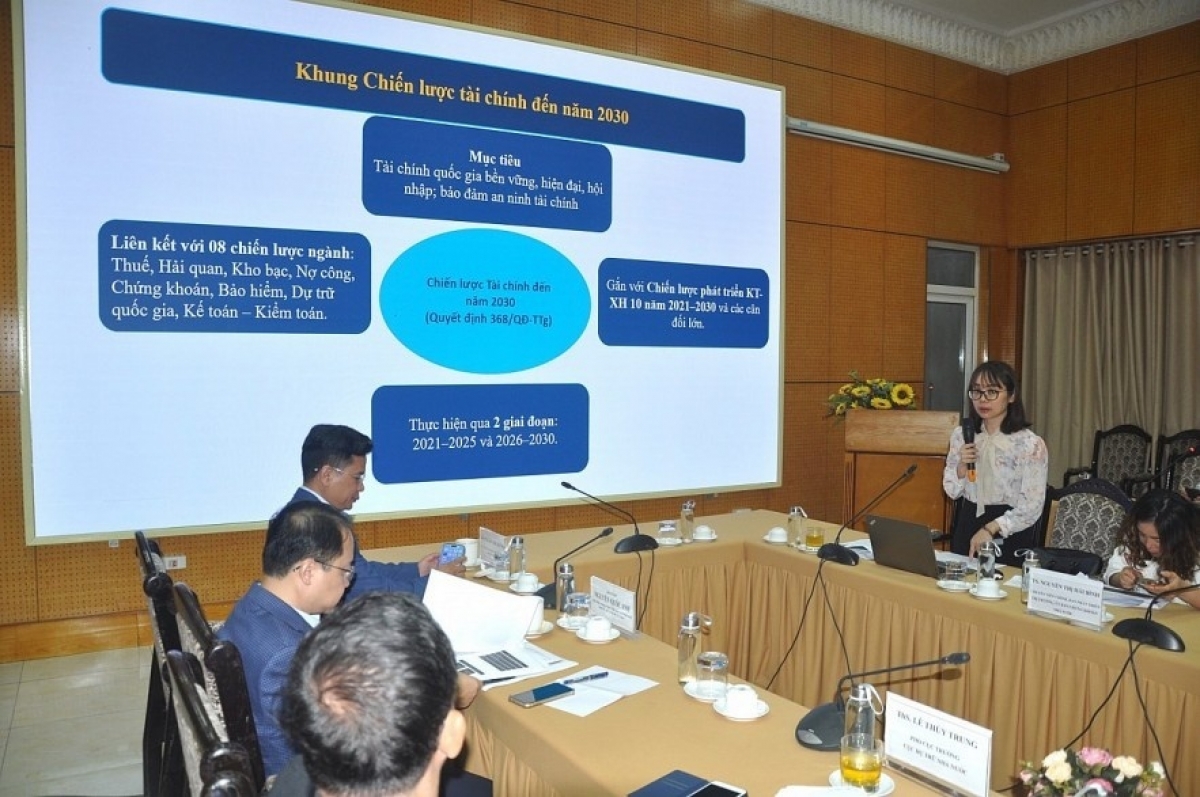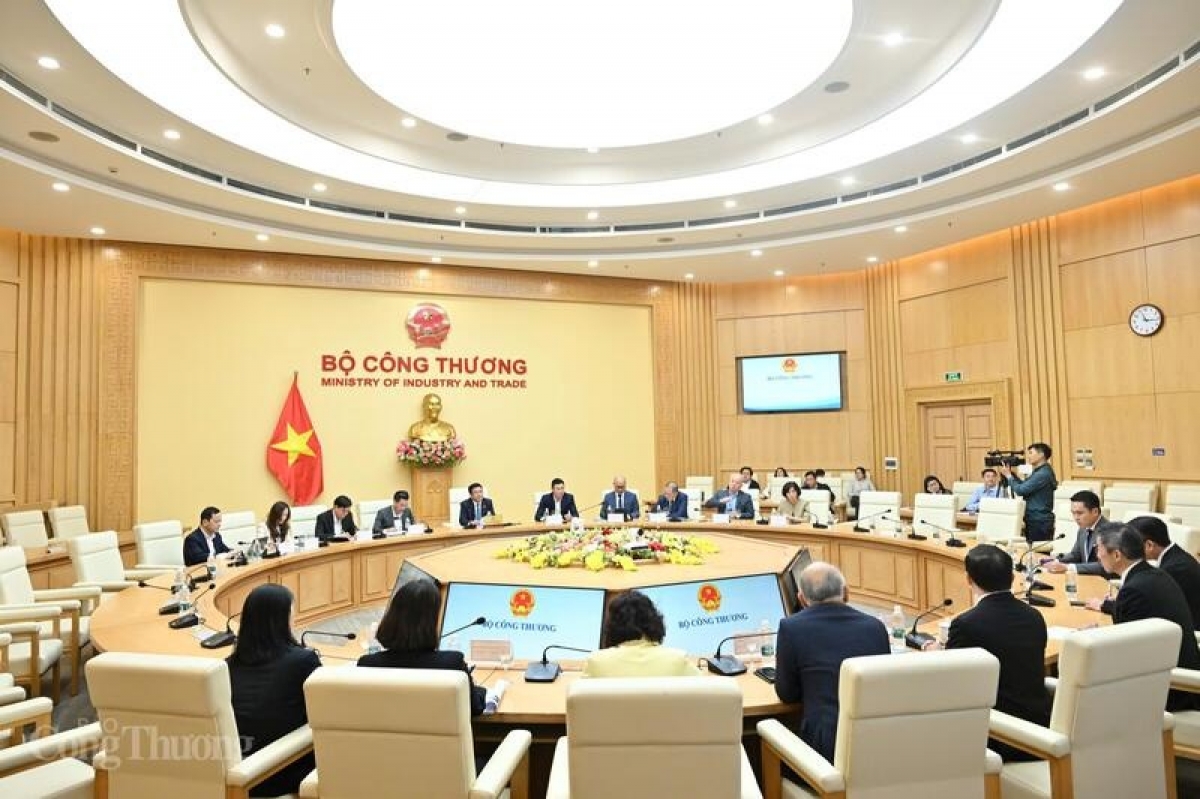INTERNATIONAL INVESTMENT
AND PORTAL
In 2023, the United Arab Emirates is taking centre stage in the global efforts to address climate change and sustainability. Recently, leaders gathered for Abu Dhabi Sustainability Week, kicking off a year of events leading up to the UAE-hosted COP28 at the end of the year.
 Roger Martella, chief sustainability officer at GE
Roger Martella, chief sustainability officer at GE
This momentum, following on the heels of COP27 in Egypt, will help continue driving positive action in emerging markets like ASEAN and globally for the decade to come.
The efforts that will be in focus at these events align closely with two key priorities in 2023: electrification and decarbonisation.
ElectrificationEntering the new year, access to reliable, affordable, and sustainable electricity is top of mind for billions of people globally, in a way that it has not been in decades. Nearly 775 million people lack access to electricity. However, even for those with more reliable access, extreme weather events, global conflicts, cybersecurity, and growing demand are increasingly raising questions about the security of supply.
At a recent White House summit, US Secretary of Energy Jennifer Granholm said the United States needs a tripling in the rate of electrification and new architecture. Many nations are looking at similar goals.
For instance, Vietnam is one of ASEAN’s strongly developing nations and thus also has an ever-increasing hunger for electricity. The country’s demand for electricity is forecasted to annually rise 10-12 per cent through to 2030. At the same time, Vietnam targets to reduce its greenhouse gas (GHG) emissions by 9 per cent by 2030 and reduce carbon emissions by 563.8 million tonnes.
But first, nations’ access to power is a core sustainable development right. As the global community takes important action on climate change – which includes placing increasing demands on the grid by electrifying other sectors – we must make the right investments to ensure everyone has access to the lifeblood services associated with electricity. Thus, setting the right path for electrification is a priority.
In many countries, work must begin now on grid digitalisation and modernisation to make grids smarter and more robust. That means adding advanced distribution networks, hybrid systems, and energy storage to manage the complex grid requirements of tomorrow’s renewables-heavy grid, as well as the even longer-term multifaceted, multi-directional grids of a net-zero future.
Processes like grid firming or grid balancing add other energy resources to a renewable power plant to provide secure, stable power any time the sun is not shining, or the wind is not blowing. Grid firming is vital for any power generation network, especially one like Vietnam’s, with a high percentage of renewable power sources.
In general, modernising transmission and distribution infrastructure means using the latest protection, control, monitoring, and diagnostic technologies and software to monitor the health of equipment across the system and better manage key infrastructure, such as substations.
In other parts of the world, it is not just about grid resilience. It is about building the grid in the first place. These new systems can feature world-class digitalisation and resilience systems, leapfrogging older transmission and distribution infrastructure. Fortunately, while the risks are significant, so is the sense of urgency and action.
In 2022, GE saw nations increasingly prioritise grid infrastructure in unprecedented ways through investment. In 2023, the focus must be on how to deploy these commitments swiftly and strategically to ensure the grid is well positioned to meet growing demands and threats and to succeed in decarbonisation goals.
DecarbonisationBuilding a more resilient grid enables success for the second priority – progress towards decarbonisation goals. Vietnam, as the US and many other nations, shares the net-zero goal by 2050. As a corporation, we think of decarbonisation in two ways: deploying diverse generating technology today to make progress in lowering both emissions and carbon intensity, while investing in the breakthrough technologies of tomorrow to achieve net-zero.
The near-term reductions are dependent on investing in a portfolio of renewable energy, efficient gas power, and advanced nuclear to reduce emissions while generating more electricity. Our overarching goal is to grow wind and solar as quickly as possible and in increasing amounts over this decade.
Growing support for nuclear and hydro energy such as pumped storage in policies around the world is also welcome. All these technologies contribute to decarbonisation by enabling energy production while lowering GHG emissions.
In Vietnam, GE is working with local partners in the development of several liquified natural gas (LNG) projects. Recently, GE has secured the first H-Class gas turbine order in Vietnam, providing power generation equipment for PetroVietnam Power Corporation’s Nhon Trach 3 and 4 power plant.
This is also the first power plant fuelled by LNG in the country that is expected to deliver over 1.6GW of electricity once operational in 2025. This project will contribute to the implementation of Vietnam’s announced commitment to achieving net-zero carbon emissions by 2050 by supporting the rapid expansion of renewable energy through its dispatchable power profile.
Efficient gas power has a strong role to play in the decarbonisation plans of any country. Deploying gas is frequently the fastest way to reduce emissions while enabling a strong foundation for building renewables and other generation assets. Gas turbines have a pathway to decarbonisation – both pre-combustion with hydrogen and post-combustion with carbon capture and sequestration. The GE fleet in Vietnam includes 25+ gas turbines, servicing over 10+ power plants and projects.
However, while a diverse mix of assets will help decarbonise the energy sector this decade, these technologies will not be enough to meet net-zero goals. Research must continue on breakthrough technologies, as well as implementation of pilot projects and full-scale deployments in areas such as low-carbon hydrogen and carbon capture utilisation and storage.
Small modular reactors, an important technology for reliable, zero-carbon baseload electricity, also require more study and policy action to demonstrate government commitment and build public support for this safe, affordable, and nimble nuclear technology.
For countries like Vietnam, challenges also include having enough reserve power and energy storage to integrate renewable energy into the grid on a large scale, as well as the development of power transmission capacity yet to catch up with renewable power sources.
The start of a new year is always a time for reflection, for goal setting, and for optimism. The world is now three years into the decade of action on climate change, reinforcing the imperative for progress. For us to advance our goals of electrification and decarbonisation, transitioning from discussion to implementation is essential.
The actions we take now will set us up for success when we meet again at COP28 in November. In turn, that success will create the global momentum to carry us into future years, on a sustainable and equitable trajectory to deliver on a net-zero future for our communities and our planet.
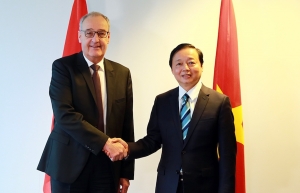 Vietnam fosters shift to renewable energy
Vietnam fosters shift to renewable energy
With an emphasis on sustainable power, the Vietnamese government has enacted several procedures and regulations to foster an equitable energy transition.
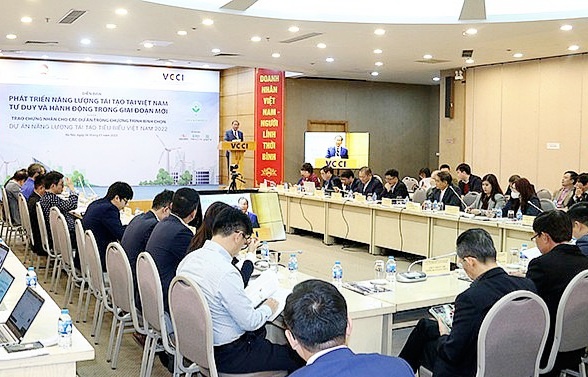 Misleading to assert foreign firms dominate Vietnam's energy sphere: expert
Misleading to assert foreign firms dominate Vietnam's energy sphere: expert
Hong Kim Vi, Thailand's Super Energy Group's deputy general director of public relations, said the country's energy projects were more complex than they appear, at the 2022 Vietnam Renewable Energy Network on January 6.
 $15.5 billion in financing for green energy from Just Energy Transition Partnership
$15.5 billion in financing for green energy from Just Energy Transition Partnership
2023 could be an interesting year for Vietnam’s energy sector, as $15.5 billion of financing is set to be mobilised for Vietnam’s green energy transition through a recent energy partnership.




